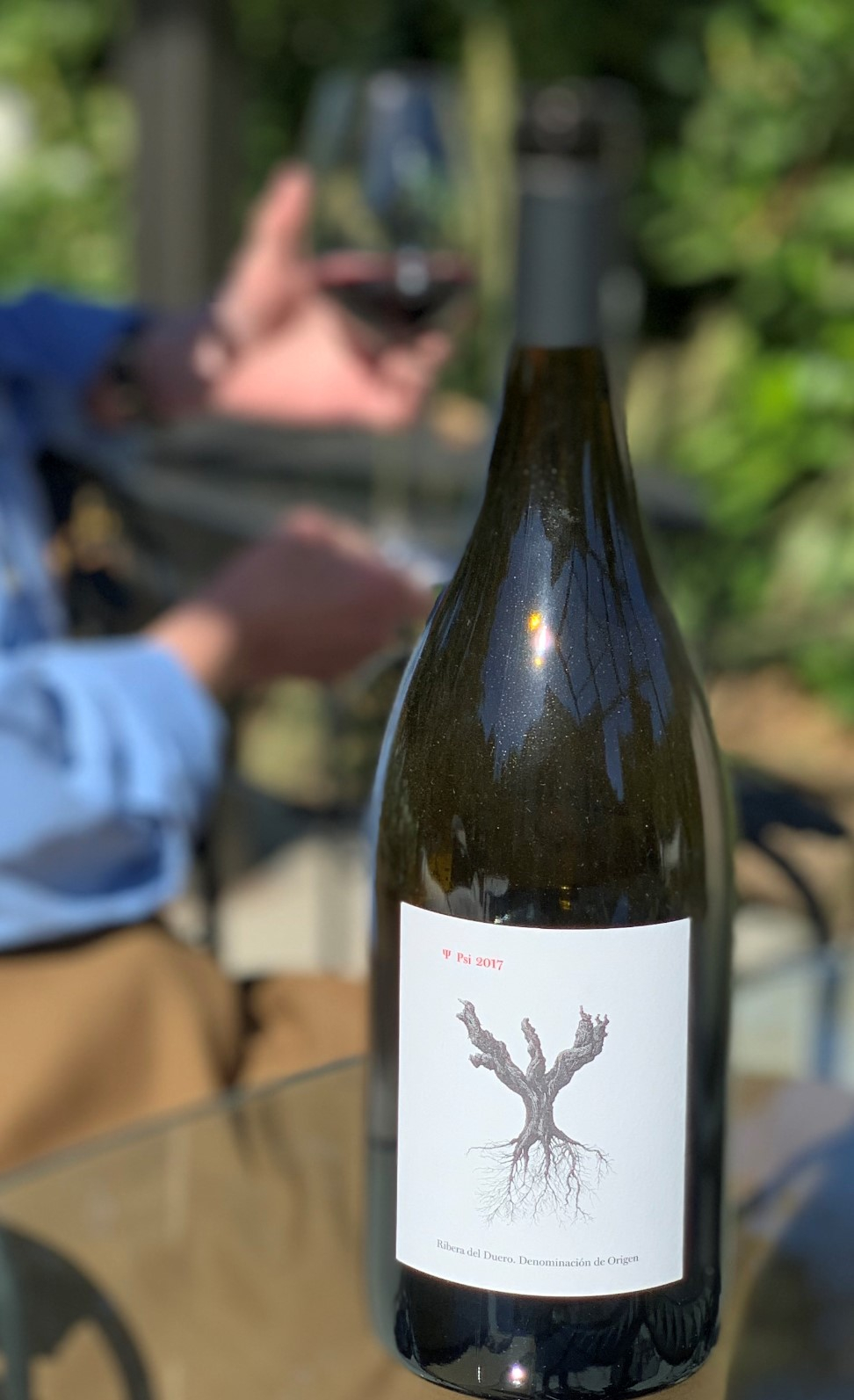
The grapes come from some other fields than those used to Pingus, even though the grape type is the same: tempranillo (tinta del país). This wine is not a second wine, but a different concept, that has nothing to do with Pingus. The wine has scored 100 points in Parker's The Wine advocate (2004 wines). This means that - just as with the best Bordeux wines - if you want to get a hold of a bottle of Pingus it is a good idea to make reservations for a bottle. The cult wine Pingus is produced in very limited quantities (around 6,000 bottles a year). This means that around the vines various crops such as lentils and vetch are planted, which helps to improve the microbiologist conditions of the soil. Peter Sisseck’s wines are made according to biodynamic principles. The selection in Sissecks wine house is so strict that Peter Sisseck has even experienced distrust from the Spanish tax authorities – they had a hard time believing that the production were so low with so many hectes of vineyard, and found it difficult to believe that such a big quantity of grapes were thrown out! For Sisseck it is very important that the selection of grapes is rigorous. Sisseck wants the same people to follow the grape from the vines to the final bottle. In an interview by a prestigious wine shop in Barcelona, Peter Sisseck stated that the problem with Spanish wine has been the division between work in the fields and work in the wine cellar: traditionally different people have been working with the vines in the fields and others have taken care of the production of the wine in the cellar. General problems in the Spanish wine industry

Read about our Tour to the Ribera del Duero Region. Robert Parker loved the wine and so this meant instant success for Pingus. Peter Sisseck went up to his uncle in Bordeaux with the new wine, and just two weeks later the wine (through her uncle's contacts) landed on the wine critic Robert Parker's table. The Pingus wine meant a big success right from the start. Sisseck even used two different barrels of French oak for the same wine. Then the wine fermented in open wooden tanks instead of modern steel tanks. Pingus was going to be made from old vines planted in 1929, and Peter Sisseck proceeded with great perfectionism and unorthodox methods for the region: the grapes were picked by hand and on the field the bad grapes were sorted from the good grapes. Sisseck ended up buying a small piece of land (5 ha), and started working on his own wine, a wine that was going to be one of the most important in the modern history of Spanish wine, Pingus. He also found out that the typical grape in the region, tempranillo, could be used to make great wines. Here Peter Sisseck began to explore new methods. Hereafter Peter Sisseck went to Ribera del Duero, where he was hired as manager at the Hacienda Monasterio. After the apprenticeship with his uncle, Peter Sisseck studied at the Agricultural University of Copenhagen and then at the University of Bordeaux. Peter Sisseck had always been visiting Spain, since his grandparents have a house in the small town Begur on the beautiful Costa Brava. Vinding-Diers taught Peter Sisseck about winemaking and later made Peter Sisseck get an interest in the Spanish Ribera del Duero region at a time when the area had not yet obtained fame, and when wines like Vega Sicilia and Pesquera were not yet celebrated outside the Spanish borders.

When he was younger, at home with his parents he often had famous French wines at the table and his uncle, Peter Vinding-Diers, has been working for one of the most prestigious wineries in the Bordeaux region. It is no coincidence that Peter Sisseck has a big interest in wine. The apprenticeship with his uncle Vinding-Diers Sisseck has started working as a consultant to several wineries in Spain (see below) and the Danish winemaker recently fulfilled an old dream: Sisseck who grew up with the best French wines, now he has bought a piece of land in Bordeaux and started making wine in one of the most renowned French wine regions. Now new wines are coming from Peter Sisseck’s hand. Pingus is produced in Ribera del Duero but people cue up in China and USA to get hold on the wine when it is realased. Sisseck is the producer of the most expensive of all Spanish wines, the legendary Pingus. The Danish winemaker has made biodynamic principles and a radical understanding of low yield production into Spanish wine production. The Danish winemaker Peter Sisseck has meant a revolution for Spanish wine.


 0 kommentar(er)
0 kommentar(er)
